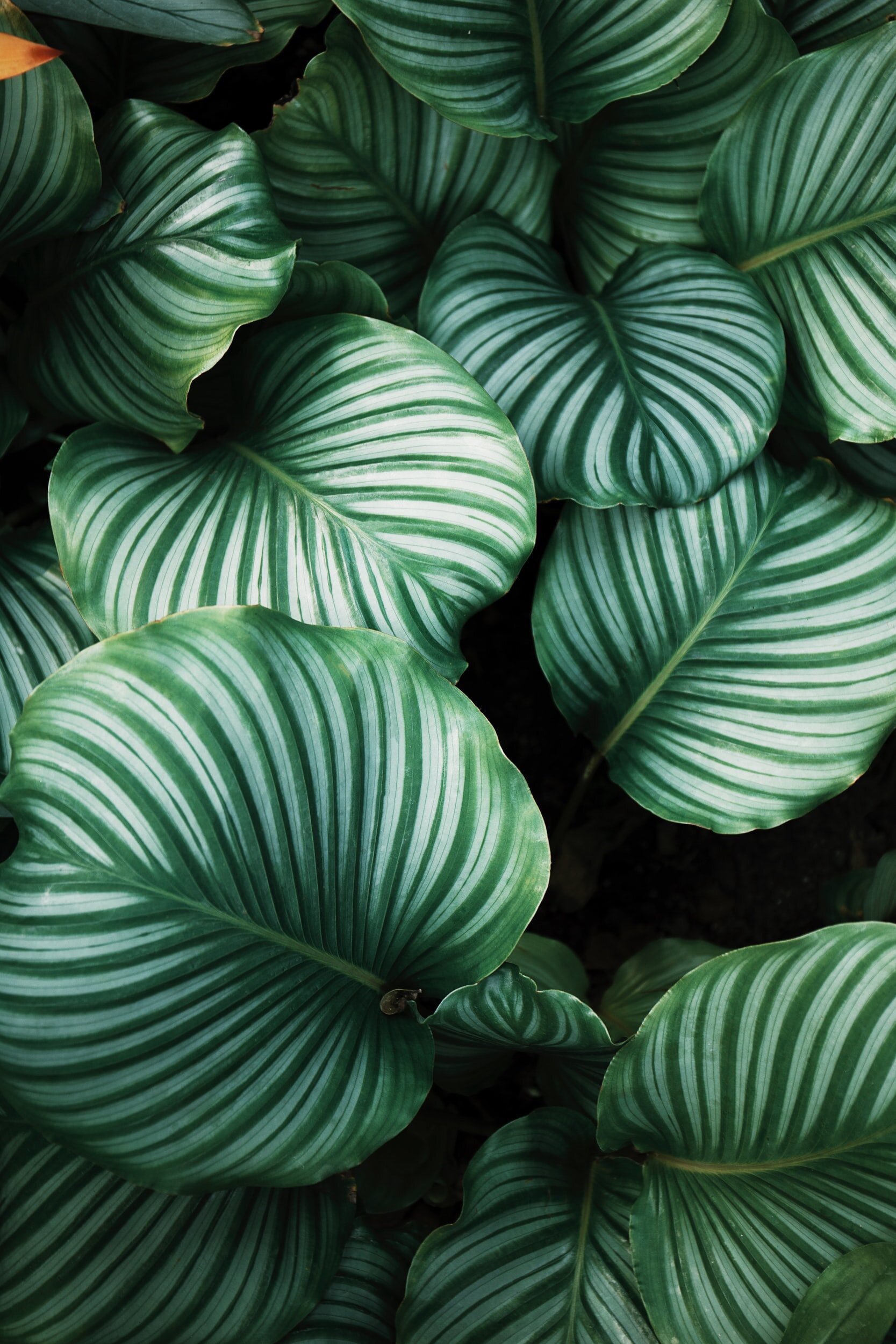
BLOG
The Stomach Channel of Foot Yangming
The Stomach channel is the Yin-Yang pair channel of the Spleen channel. It’s also the Foot channel of Yangming…
Below is the pattern differentiation and acupuncture treatment prescription for the signs and symptoms we have learned in this video. There are still a few more things to learn before fully understanding this information. But I will leave these here for those who are interested in taking a peek of what’s coming later or for those who already have some knowledge about pattern differentiation and want to learn more. Until next time! :)
HEADACHE
Yangming: ST-8, Yintang, GB-14, LI-4, ST-44
Shaoyang: Taiyang, SJ-23, GB-8, GB-20, SJ-5, GB-41
Taiyang: BL-10, GV-19, GB-20, SI-3, BL-62
Jueyin: DU-20, Sishencong, LV-3, PC-9
Exterior invasion (+ GV-16, LU-7)
Live Yang (+ LV-2, KD-3)
Blood deficiency (+ SP-6, ST-36)
Phlegm (+ ST-40, CV-12)
Blood stasis (+ SP-10, BL-17)
SORE THROAT
Excess: LU-11, LI-1, SJ-1, SI-17, ST-44
Wind-Heat (+ GB-20, SJ-5)
LU-ST Heat (+ ST-45, LU-10)
Deficiency: KD-3, KD-7, LU-7, LU-10
TOOTHACHE
ST-6, ST-7, LI-4, ST-44
Wind-Heat (+ SJ-17)
ST Fire (+ ST-45)
Deficiency Fire (+ KD-3)
FACIAL PAIN
ST-2, ST-4, ST-7, ST-44, LI-4, LV-3
Painful eye (+ BL-2, GB-14)
Upper jaw (+ ST-3, SI-18)
Lower jaw (+ CV-24, ST-6)
FACIAL PARALYSIS
GB-14, ST-3, SI-18, ST-7, ST-4, SJ-17, Qianzheng, Taiyang, LI-4
Wind-Cold (+ GB-20, GV-16)
Wind-Heat (+ SJ-5, SJ-1)
Qi and Blood deficiency (+ ST-36, CV-6)
MANIC BEHAVIOR
GV-26, HT-7, PC-8, SJ-5, ST-40
Phlegm-Fire (+ CV-12)
Excess Fire damaging Yin (+ LV-2, KD-3)
The Stomach Channel of Foot Yangming
The Stomach channel is the Yin-Yang pair channel of the Spleen channel. It’s also the Foot channel of Yangming. Let’s start with the primary channel.
The Stomach Primary Channel
The primary channel begins at LI-20, goes up to meet with BL-1 at the medial canthus, and comes down to the first Stomach channel point, ST-1. It keeps going down to enter the upper gum and meet with GV-26 and GV-28, located between the nose and the upper lip. It curves around the lips and meets with CV-24, at the groove of the chin. It goes laterally across the cheeks to ST-5 and ST-6. It ascends to ST-8, passing a few Gall Bladder points, and it meets with GV-24 at the midline of the front hairline.
There is a branch at ST-5 that goes down along the anterior aspect of the neck and enters the supraclavicular fossa, where ST-12 is located. It goes to the upper back and meets with GV-14, goes down through the diaphragm, linking with CV-13 and CV-12, and enters the Stomach and Spleen.
From ST-12, the primary channel goes down to ST-18, and then passes 2 cun lateral to the midline. It goes down to ST-30, where another branch from the pyloric orifice of the Stomach merges in the inguinal region.
It continues to go down along the antero-lateral aspect of the thigh and lower leg. It travels to the dorsum of the foot and ends at ST-45, at the lateral side of the second toe.
There is a branch at ST-36 that goes to the lateral side of the middle toe. Another branch comes out at ST-42 and ends at SP-1, at the medial side of the big toe.
The Stomach Luo-connecting Channel
The Stomach luo-connecting channel starts at ST-40. It goes up along the medial aspect of the lower leg to join the Spleen channel. It continues to ascend to the nape and head, then ends at the throat.
The Stomach Divergent Channel
The Stomach divergent channel branches off in the middle of the thigh, enters the abdomen, then enters the Stomach, Spleen, and Heart. It goes up along the esophagus, mouth, nose, and eyes, then rejoins the Stomach primary channel.
The Stomach Sinew Channel
The Stomach sinew channel begins at the middle three toes, binds at the dorsum of the foot, goes up along the lateral aspect of the tibia, and binds at the lateral aspect of the knee. It connects with the Gall Bladder sinew channel, binds at the hip joint, and connects with the spine.
There is a branch that goes along the tibia and binds at the knee and pelvic region above the genital. This branch goes up along the abdomen and binds at ST-12. It continues to go up to the neck, jaw, and mouth, binds below the nose, and joins the Bladder Sinew channel to form a lower muscular net around the eye. There is a branch that separates at the jaw and binds in front of the ear.
Key points
The Stomach primary channel begins at LI-20
The primary channel meets with GB, GV, and CV points on the head
The primary channel enters the upper gum and connects with both the upper and lower teeth by joining GV-26 and CV-24
The primary channel’s branch at ST-36 connects with the middle toe and at ST-42 connects with the big toe
The primary, divergent, and sinew channels are related with the eye
The primary and sinew channels are related with the ear
The luo-connecting channel goes to the nape and the head, and ends at the throat
The sinew channel binds at the hip and above the genial, and connects with the spine
The primary channel enters the Stomach and Spleen
The divergent channel enters the Stomach, Spleen, and Heart
Signs and Symptoms of the Primary Channel
Now, let’s look at what kind of signs and symptoms manifest when there is a problem with the Stomach primary channel.
Manic behavior
Abdominal distention
Nose bleed
Facial paralysis
Swelling of the neck
Pain along the course of the channel
Most of these are the pathological signs and symptoms shown along the Stomach channel. And the quality is that of Heat, involving redness, swelling and pain.
Signs and Symptoms of the Luo-connecting Channel
For excess, signs and symptoms include manic behavior and epilepsy; also, if the Qi counterflows, there may be swollen, sore throat and sudden loss of voice
For deficiency, signs and symptoms include flaccidity and atrophy of the leg
Signs and Symptoms of the Sinew Channel
Signs and symptoms of the Stomach sinew channel are sprain of the middle toe, contraction of the muscles of the lower leg and thigh, swelling in the groin, hernia, spasm of abdominal muscles that extends to the supraclavicular fossa and cheek, deviation of mouth, inability to close the eyes due to spasm from cold, inability to open the eyes due to flaccidity from heat.
Main Acupuncture Points of the Stomach Channel
ST-1 is the major point for any eye disorder. It not only dispels Wind-Cold or Wind-Heat, but also moves Qi and Blood, so this point can be used for both exterior and interior conditions.
ST-4 is the major point for facial paralysis. Facial paralysis can be caused by Wind or Cold invading the channel, ST-LV Fire, or yin deficiency Heat. Whatever has caused the deviation, ST-4 can be used.
ST-6 is the major point for the jaw disorder and for the lower gum and teeth disorders. It is often combined with ST-7, which has additional action of treating disorders of the ear.
ST-8 is an important point for headaches. Since it’s on the Yangming channel, it is good at treating the frontal headache, but it can also treat temporal and vertex headaches because this is the meeting point of the Stomach channel with the Gall Bladder channel and Yang Linking vessel.
ST-25 is the major point that regulates the intestines. This point is great for treating any diarrhea or dysentery. It also has actions of regulating Qi and removing stagnation, so it is also indicated for vomiting, distention and pain of the abdomen, and even abdominal or uterine masses.
This point is often combined with ST-37, the lower He-sea point of the Large Intestine. ST-39 is the lower He-sea point of the Small Intestine, which can also treat diarrhea and dysenteric disorder, has additional indications for Small Intestine channel, such as severe lower abdominal pain that goes to the testicles or extreme sensation of cold and heat in the shoulder.
ST-36 is the most important point on the Stomach channel, perhaps among all acupuncture points, because it can be used in the treatment of any disorder of the Stomach.
This point is the most important point in supporting the Spleen and Stomach, the “Root of the Post-Heaven,” thus generating Qi and Blood. Variety of disorders due to deficiency can be treated with this point, even muscle flaccidity and atrophy.
In addition to tonifying action, ST-36 can also clear Fire, transform phlegm, and activate the channel. Clearing Fire and transforming phlegm by tonification of the Spleen can help with manic behavior and activating the channel by moving of Qi and Blood can treat painful obstruction.
ST-40 transforms any accumulation of phlegm. Phlegm in the Lung causes coughing, wheezing, or asthma, Phlegm in the Heart causes emotional depression or manic disorder, and Phlegm with Qi stagnation in the throat causes a sensation of throat blockage. Many other diseases involving phlegm, ST-40 is the number one point to choose.
When there is Heat in the Stomach channel, there may be signs and symptoms, such as frontal headache, redness of the face and eyes, nosebleed, or throat painful obstruction. When there is Heat in the Stomach organ, there may be signs and symptoms, such as abdominal distention, belching, excessive hunger, or constipation.
ST-41 clears Heat in both the Stomach channel and Stomach organ. As the Stomach divergent channel enters the Heart, clearing Heat in the Stomach channel has an effect of calming the Mind. That is why many points on the Stomach channel that clear Heat, including ST-41, can calm the spirit as well.
When there is swelling of the eyes or face, and borborygmus due to dampness, ST-43 can be combined because this point can regulate the Spleen and dispel edema.
Lastly, ST-44 can clear Heat and calm the spirit like ST-41. One interesting indication of this point is hands and feet counterflow cold, where hands and feet are cold while the body is hot.
Next, we will learn about the Spleen channel of Foot Taiyin. If you have any feedback or questions about the material covered, please don’t hesitate to contact at junhwa@tcmexplained.com.
* The content is provided only for education purposes and is not intended to be a substitute for professional medical advice, diagnosis, or treatment.
References
1. Cheng, Xinnong, ed. Chinese Acupuncture and Moxibustion. 3rd ed. Fifteenth Printing 2014. Beijing: Foreign Languages Press, 2012.
2. Deadman, Peter, Mazin Al-Khafaji, Keven Baker. A Manual of Acupuncture. 2nd ed. East Sussex, England:Journal of Chinese Medicine Publications, 2007.
3. Kaptchuk, Ted J. The Web That Has No Weaver: Understanding Chinese Medicine. 2nd ed. New York: McGraw-Hill, 2000.
4. Maciocia, Giovanni. The Foundations of Chinese Medicine: A Comprehensive Text for Acupuncturists and Herbalists. 3rd ed. Philadelphia: Elsevier Churchill Livingstone, 2015.
